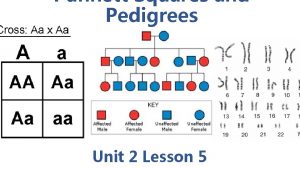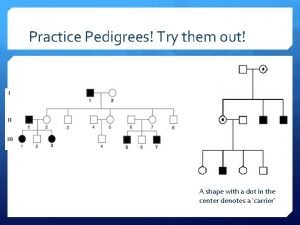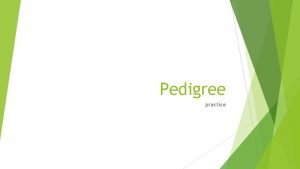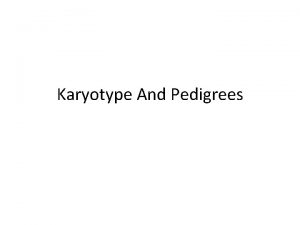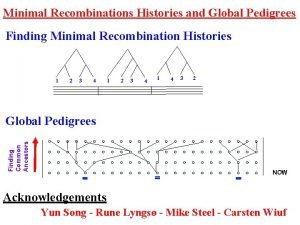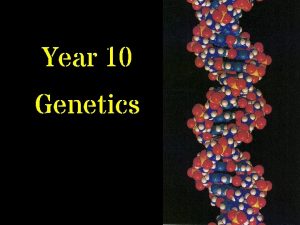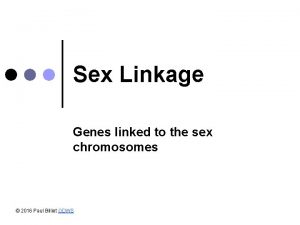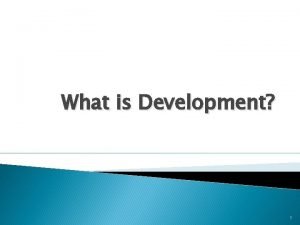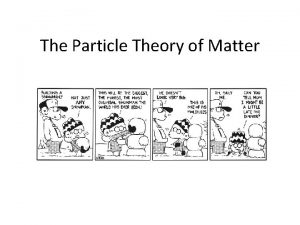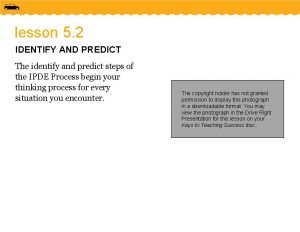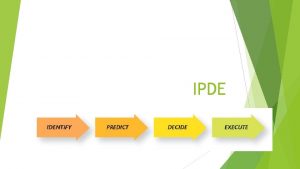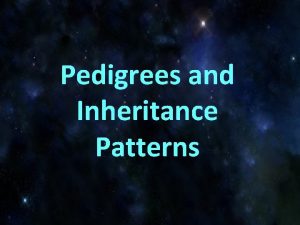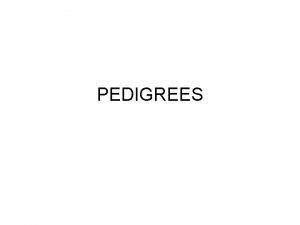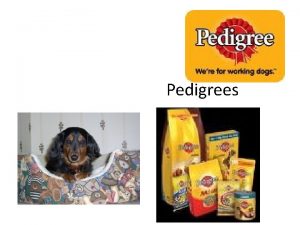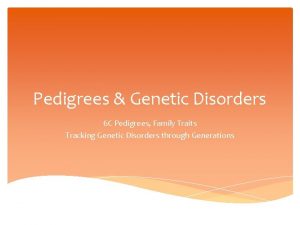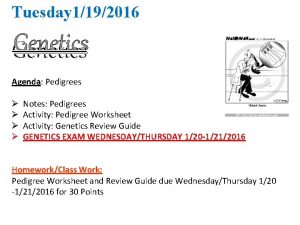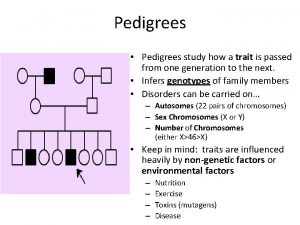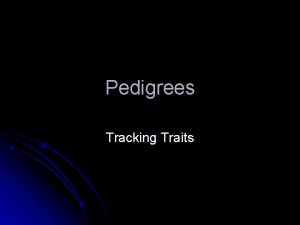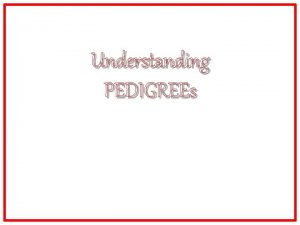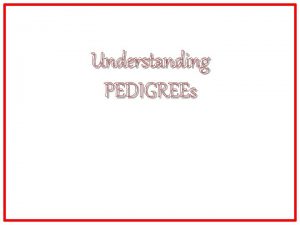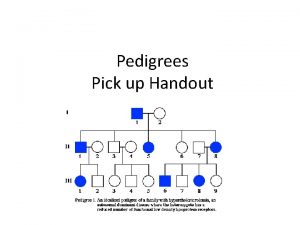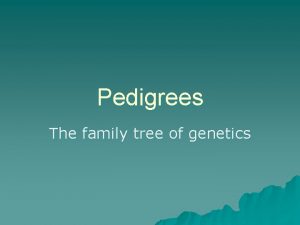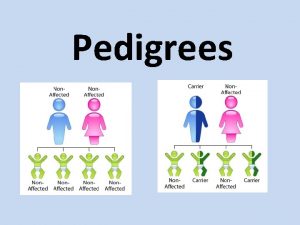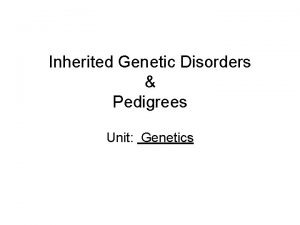Notes Pedigrees Orderly diagram of a familys genetic






















- Slides: 22

Notes: Pedigrees Orderly diagram of a family’s genetic traits

A pedigree shows… • relationships, sex, genotype & phenotype of each member • if an allele is dominant or recessive • if an allele is autosomal or sex-linked

Symbols • Circle = female • Square = male • Horizontal line = parents • Vertical line = children • Symbol w/line through it = dead

More symbols • Half-Shaded = heterozygous not affected (recessive disorder) • Completely darkened = homozygous affected • Half-Darkened = heterozygous affected (dominant disorder)

Pattern #1 - Autosomal Dominant • In general, males & females equally affected • NO skipping generations • Trait is expressed if allele is present

AD EX: Huntington’s disease • Build up of protein causes damage to nerve cells in brain • Most people develop symptoms in 40 s-50 s • Symptoms start w/movement problems, slurred speech, balance problems, swallowing difficulties Huntington disease (right) showing a larger cavity where brain cells have died,

Pattern #2 – Autosomal Recessive • In general, males & females equally affected • Can skip generations • Both parents are carriers • Trait is expressed only if homozygous

AR EX: Cystic Fibrosis • Defective chloride-ion transport protein in cell membranes • Symptoms – thick, heavy mucus clogs lungs, liver, pancreas • Most people do not survive past late 30 s • Many treatments for symptoms, but NO cure

Pattern #3 - Autosomal • In general, males & females equally affected • Father-child transmission of trait

Pattern #4 – Sex-linked recessive • In general, more males are affected than females • If mom is carrier sons are affected, not daughters • If dad is affected daughters are carriers • NO dad-son transmission • NO male carriers

EX: Red-Green Color Blindness • Affects males more than females • 3 types of cone cells working together give you color vision (red, blue, green)

EX: Hemophilia • • Affects males more than females Missing blood clotting proteins Lots of bleeding from minor cuts Can suffer internal bleeding from bumps/bruises • Can be treated w/injections of clotting proteins

Try this one • Autosomal dominant

Autosomal recessive

Dominant - Autosomal

Recessive - Autosomal

Recessive, X-linked

Recessive - Autosomal

Dominant - Autosomal

Recessive, X-linked

Autosomal recessive

X-linked recessive
 Gene pool
Gene pool Genetic programming vs genetic algorithm
Genetic programming vs genetic algorithm Genetic programming vs genetic algorithm
Genetic programming vs genetic algorithm Genetic drift vs genetic flow
Genetic drift vs genetic flow Gene flow vs genetic drift
Gene flow vs genetic drift Pedigrees edpuzzle answers
Pedigrees edpuzzle answers Tt punnett square
Tt punnett square Pedigrees practice ap biology
Pedigrees practice ap biology Whats an autosomal trait
Whats an autosomal trait Pedigrees and karyotypes
Pedigrees and karyotypes H h
H h The pedigree below tracks the presence of attached earlobes
The pedigree below tracks the presence of attached earlobes Pedigrees and karyotypes
Pedigrees and karyotypes World pedigrees
World pedigrees Gender punnett square
Gender punnett square Genetic diagram
Genetic diagram Wisc
Wisc Development is orderly
Development is orderly It is the pleasing and congruent arrangement of parts
It is the pleasing and congruent arrangement of parts Gas liquid
Gas liquid Making driving judgments involves
Making driving judgments involves The tokugawa shoguns created an orderly society by
The tokugawa shoguns created an orderly society by What is an orderly visual search pattern?
What is an orderly visual search pattern?






